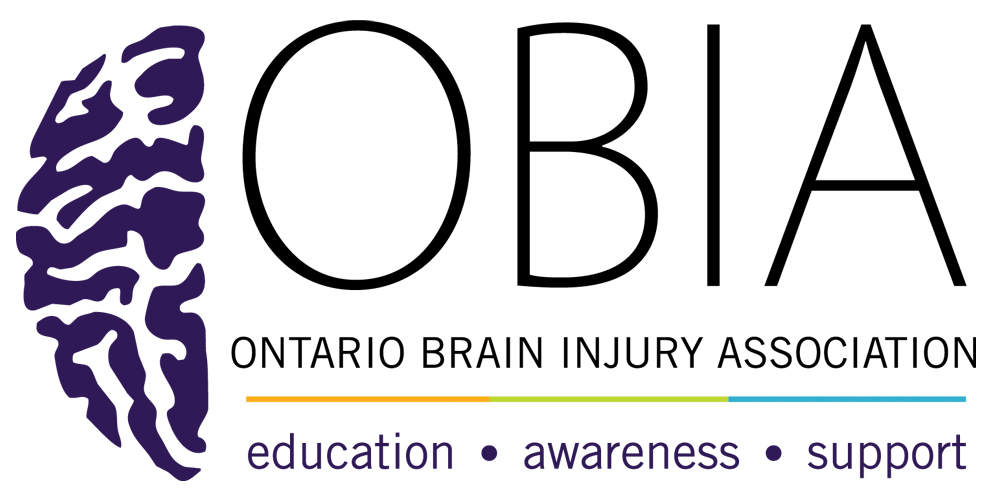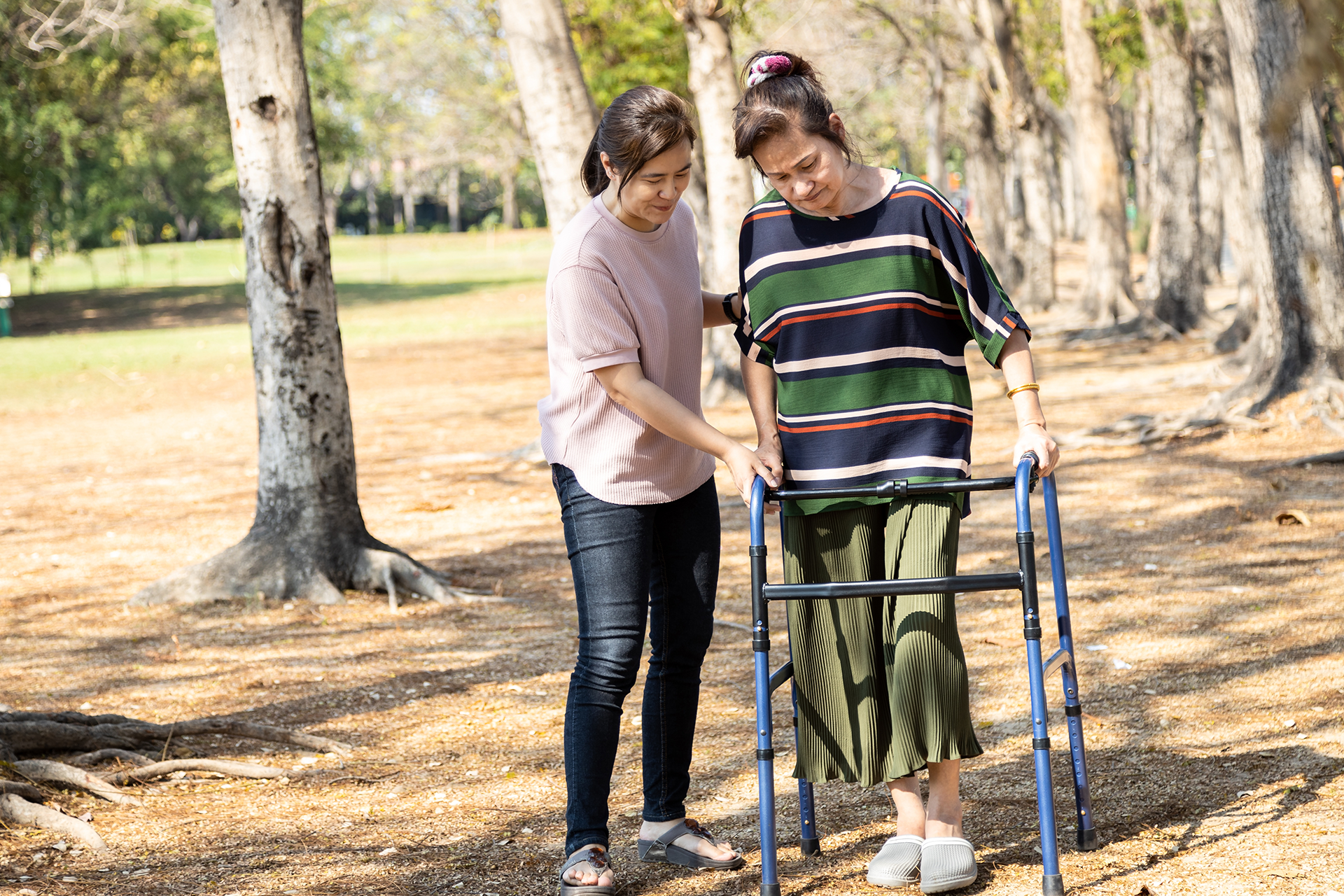Quick Facts
- Motor skills may be impaired and make everyday tasks difficult
- Motor skill conditions following brain injury may include:
- Hemiparesis – weakening of one side of the body
- Hemiplegia – paralysis of one side of the body
What does it
look like?
Gross motor difficulties:
- Clumsiness when walking, running, riding a bike, playing sports, etc.
- Difficulty maintaining balance, falling, or abnormal walking
- Arms and/or legs may be stiff or tight (called spasticity)
- Erratic pace, or slow movements
- Limited range of motion
Fine motor difficulties:
- Messy writing, untied shoelaces
- Difficulty using utensils or picking up small objects
- Difficulty with self-care tasks such as brushing teeth and combing hair
Possible Causes and Complications
Possible causes:
- Damage to the following areas can result in motor impairments
- Primary motor cortex – controls the movements of muscles
- Basal ganglia – which controls position and voluntary movement
- Cerebellum – monitors the muscles during movement and is important for balance and coordination
Possible complications:
- Muscle weakness may affect the ability to control the bowel and bladder
- Spasticity (muscles continuously contracting) may cause pain and discomfort
- Difficulty taking part in social, recreational, and leisure activities
- Depression, anger, and frustration
- Participation difficulties may make it difficult to make and keep personal and professional relationships
What can we do?
- Ask how you can assist and be aware of abilities
- Stay in close proximity while transferring from a wheelchair, getting out of a car, or walking
- Provide additional time for tasks, encourage as much independence as possible
- Encourage the completion of rehabilitation exercises and activities as recommended by health care professional (i.e. physiotherapist, occupational therapist)
Gross motor difficulties:
- Create a safe environment by keeping pathways clear
- Carefully plan the length of walks and allow for breaks
Fine motor difficulties:
- Support independent dressing by using Velcro on shoes, elastic waistband, etc.
- Use of modified equipment such as larger handle toothbrush, weighted utensils, and pencil grips
- Take breaks often
- Ensure family members and friends are aware of rehabilitation program and related precautions for safety
Disclaimer: This information is not meant to replace advice from a medical doctor. Consult a health care provider regarding specific medical concerns or treatment.

